Back pain, whether from strain, poor posture, or even an old injury, affects millions of people worldwide. If you’re one of them, you know how debilitating it can be.
But did you know that some of nature’s finest herbs can provide relief without the need for heavy medications or expensive treatments? Natural remedies like herbs not only reduce inflammation and soothe aching muscles but also support overall wellness.
In this post, we’ll uncover the best herbs for back pain, backed by scientific research and proven benefits. Ready to try something natural for your pain? Let’s dive in!
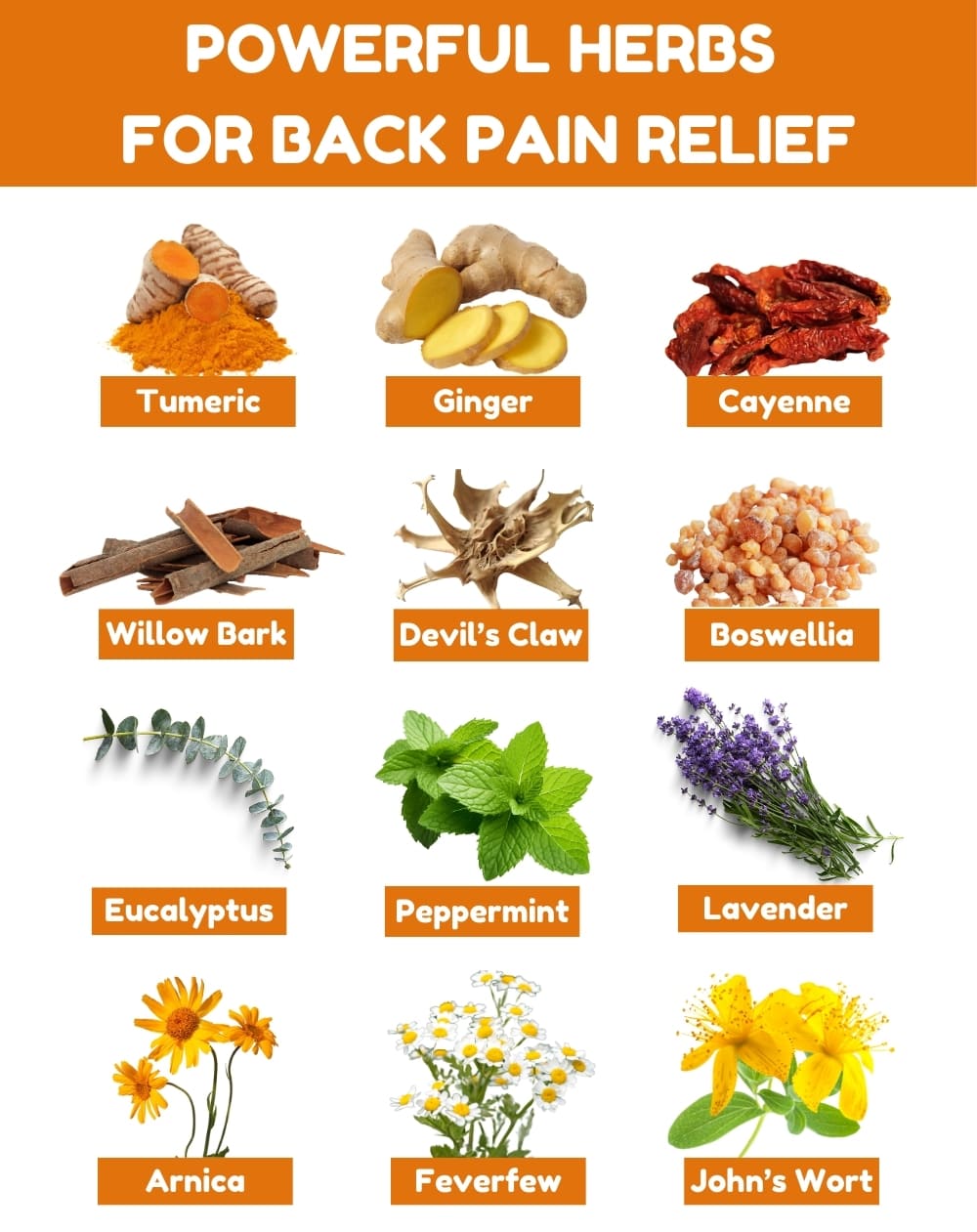
1. Turmeric (Curcuma longa)
Turmeric is widely recognized for its ability to reduce inflammation, a major cause of back pain. Its active compound, curcumin, has been shown in numerous studies to provide relief by targeting inflammatory pathways in the body.
A 2016 study published in the Journal of Medicinal Food found that turmeric supplementation significantly decreased pain in individuals with osteoarthritis, which can cause back pain.
How to Use:
To harness the power of turmeric, mix 1 teaspoon of turmeric powder in a warm glass of milk or tea. For best results, consume it daily for at least a couple of weeks. Regular use helps reduce swelling and discomfort in the long term.
Why It Works:
Curcumin not only fights inflammation but also helps the body fight oxidative stress, aiding the recovery of tissues affected by pain.
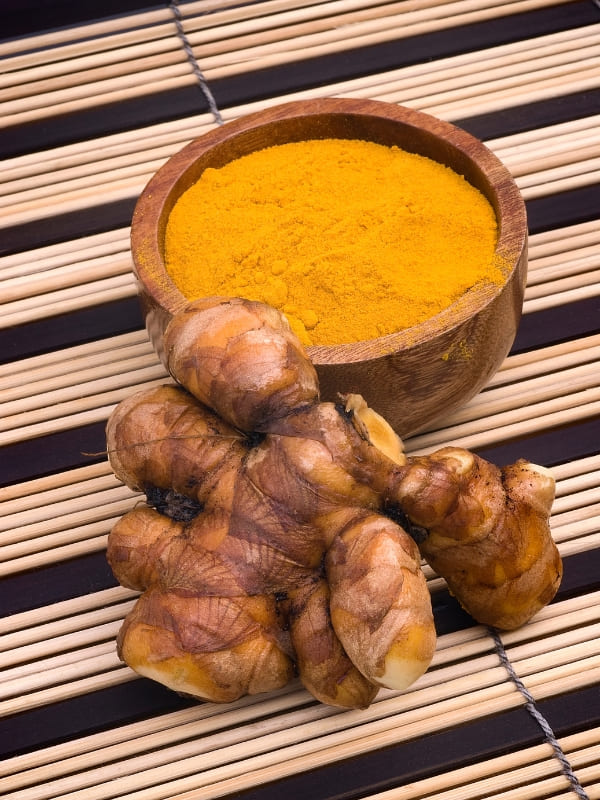
2. Ginger (Zingiber officinale)
Ginger is another herb that has gained recognition for its potent anti-inflammatory and analgesic (pain-relieving) properties. It contains gingerol, a compound that can inhibit pro-inflammatory molecules.
Research, like the study published in Arthritis & Rheumatism in 2001, supports ginger’s effectiveness in easing pain and improving joint function, including for back pain sufferers.
How to Use:
Make a soothing ginger tea by steeping fresh ginger root in hot water for 10 minutes. Drink it 2-3 times a day, or apply ginger oil directly to the affected area for quick relief.
Why It Works:
Ginger’s anti-inflammatory compounds target pain at its source, offering relief for both acute and chronic back pain when used regularly.
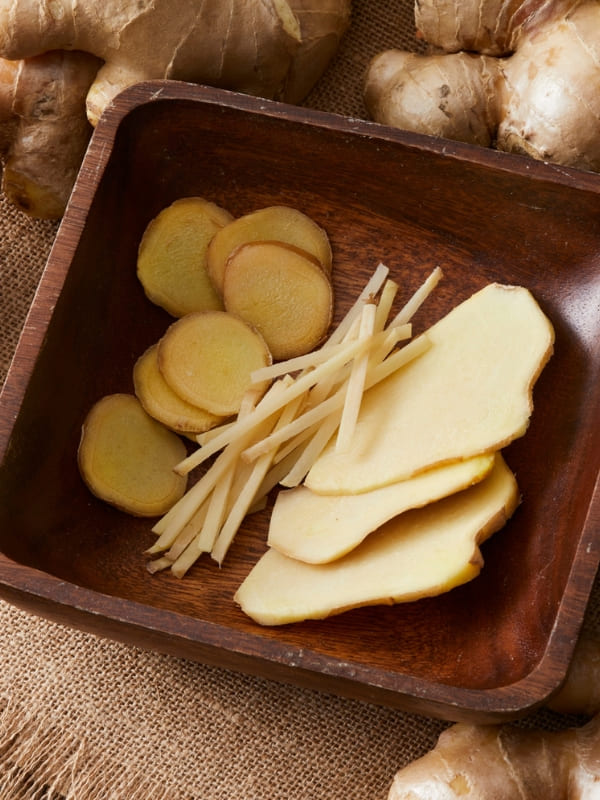
3. Devil’s Claw (Harpagophytum procumbens)
Often overlooked, Devil’s Claw is a powerhouse when it comes to pain relief. Its active ingredient, harpagoside, is believed to have powerful anti-inflammatory and analgesic effects.
A study in Phytotherapy Research found that Devil’s Claw reduced back pain and stiffness in individuals with chronic lower back pain, outperforming many conventional painkillers.
How to Use:
Devil’s Claw can be taken in capsule form, typically 1-2 capsules daily, or as an herbal tincture. Make sure to follow the recommended dosage to avoid side effects.
Why It Works:
Harpagoside inhibits enzymes that contribute to inflammation, helping to alleviate chronic pain when used consistently over time.
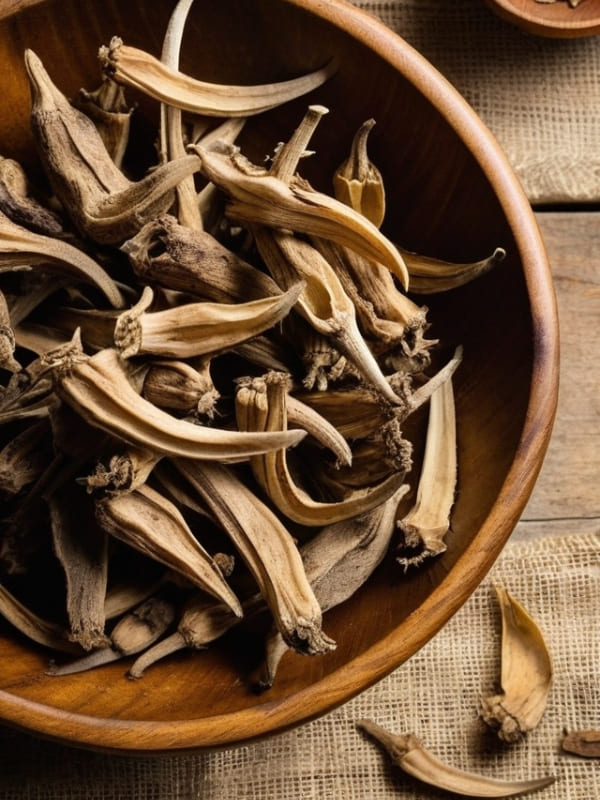
4. Willow Bark (Salix alba)
If you’ve ever taken aspirin, you’ve encountered the power of salicin, the active compound found in willow bark. Willow bark has long been used as a natural remedy for pain relief, especially for back pain and arthritis.
Research, including a 2009 study in Phytomedicine, indicates that willow bark works similarly to aspirin in terms of reducing pain and inflammation but with fewer side effects.
How to Use:
To use willow bark for back pain, brew a tea by steeping 1-2 teaspoons of dried willow bark in hot water for 10-15 minutes. Drink it once a day for the best results.
Why It Works:
Salicin in willow bark is a natural alternative to NSAIDs (non-steroidal anti-inflammatory drugs), providing effective pain relief without the harsh side effects of synthetic medications.
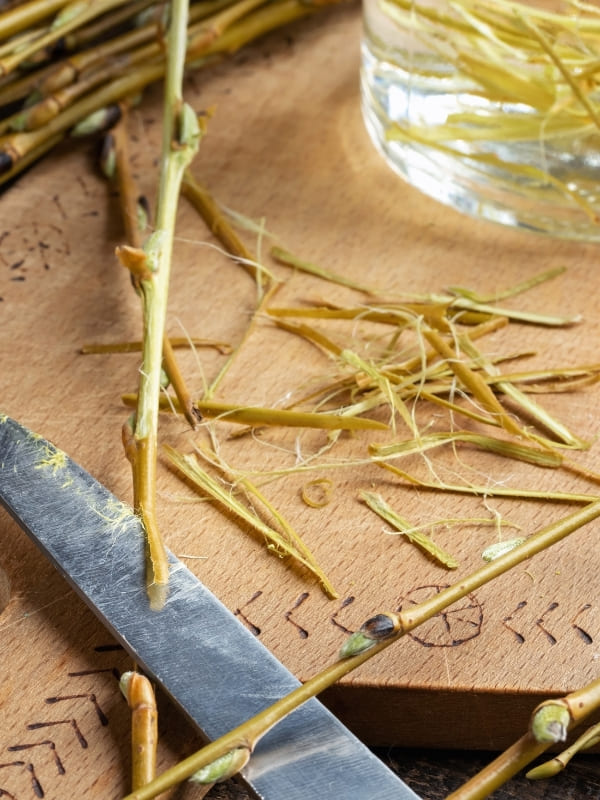
5. Arnica (Arnica montana)
Arnica is well-known for its ability to treat bruises, sprains, and muscle aches. It’s particularly beneficial for back pain that comes from muscle strain or injury.
Arnica’s active compounds, sesquiterpene lactones, have anti-inflammatory and pain-relieving properties. Research has shown that topical application of arnica gel significantly reduces pain and inflammation.
How to Use:
Apply arnica gel or cream to the affected area 2-3 times daily. For muscle pain relief, massage gently into the skin.
Why It Works:
Arnica’s compounds help to increase blood flow and reduce swelling, which can accelerate healing in strained back muscles.

6. Peppermint (Mentha piperita)
Peppermint isn’t just for freshening your breath; its cooling properties make it a fantastic remedy for back pain. The menthol in peppermint has a soothing effect on sore muscles and can also provide a cooling sensation that distracts from pain.
A study published in the Journal of Ethnopharmacology found that peppermint oil effectively reduced pain and tension in the neck and back.
How to Use:
Mix a few drops of peppermint oil with a carrier oil (like coconut or olive oil) and massage into the affected back area. Use it 2-3 times daily, especially after a long day.
Why It Works:
Peppermint’s menthol not only offers immediate cooling relief but also helps to ease muscle spasms and inflammation, allowing for greater mobility.

7. Lavender (Lavandula angustifolia)
Lavender is often associated with relaxation, but its benefits extend to physical relief as well. Lavender oil’s analgesic properties have been shown to ease pain and improve circulation.
A 2016 study in the Journal of Complementary Therapies found that lavender oil helped alleviate musculoskeletal pain, including back pain, through its calming effects on muscles.
How to Use:
Add a few drops of lavender essential oil to a diffuser or mix with a carrier oil and massage into your back. Alternatively, try a warm lavender-infused bath to relax your muscles.
Why It Works:
Lavender not only helps to reduce pain but also promotes a sense of calm, making it an excellent option for stress-related back pain.

How to Incorporate These Herbs Into Your Daily Routine
Incorporating these herbs into your daily life can be simple and rewarding. Start by adding herbal teas to your daily routine; turmeric, ginger, or peppermint teas can be easily consumed throughout the day.
For topical applications, using creams or oils infused with herbs like arnica, peppermint, and willow bark can provide quick relief after work or before bed.
Consistency is key, and you’ll likely start noticing positive results within a few weeks. Whether you drink the teas regularly or apply herbal oils to sore muscles, giving your body time to adjust to these herbs will maximize their effects.

Cautions and Precautions
Although herbs can be a fantastic natural remedy for back pain, they come with some considerations.
Some individuals may be allergic to certain herbs like arnica or peppermint, so always do a patch test before applying them to large areas of your skin.
Additionally, herbs like devil’s claw and willow bark can interact with certain medications, particularly blood thinners.
Always consult your doctor before starting any herbal treatments, especially if you are pregnant, nursing, or on medication.
Disclaimer
This article is for informational purposes only and should not be considered a substitute for professional medical advice.
Always consult a healthcare provider before using any new remedies, particularly if you have existing conditions or are on medication.

7 Powerful Herbs for Back Pain Relief You Didn’t Know About
